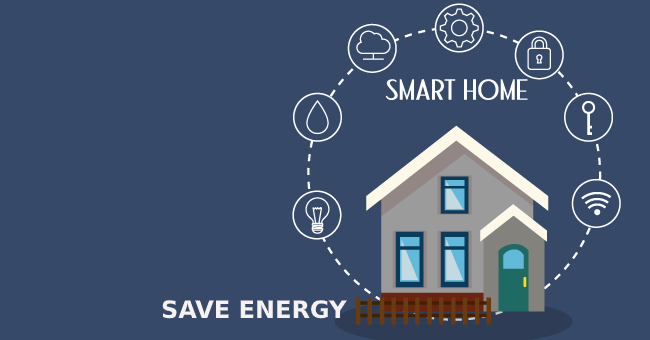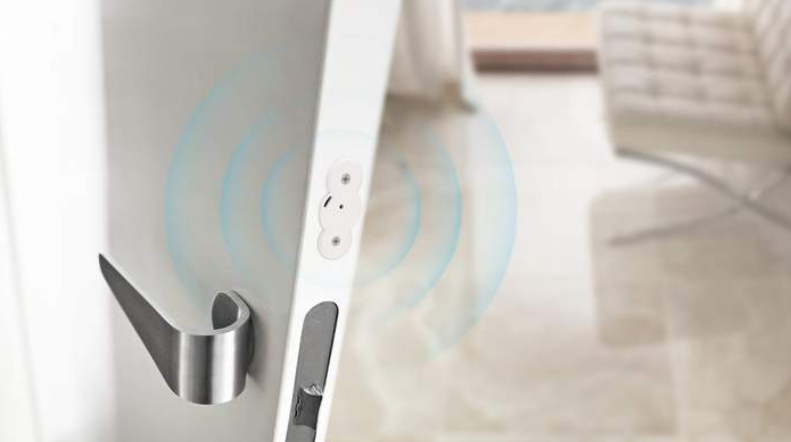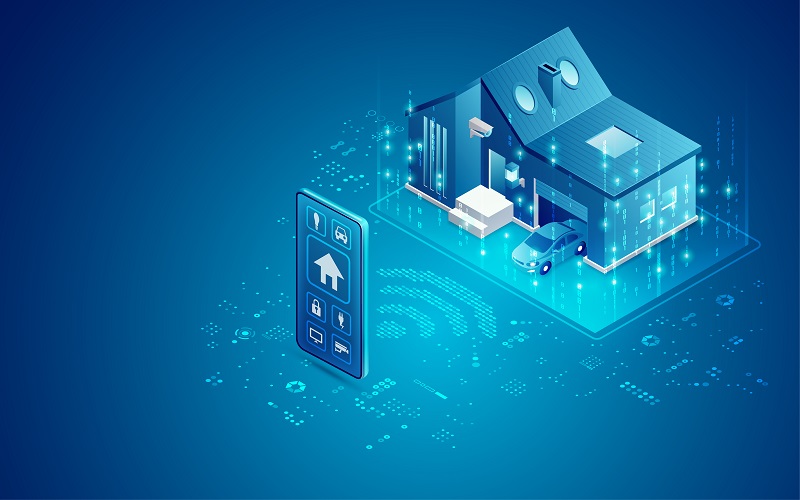With keen home automation, you’re able to turn off gadgets remotely or set up scenarios with clocks whereby gadgets turn themselves off. For occasion, an evaporator turning itself off sometime recently first light comes fair in time for the morning.
The warm climate will continuously welcome individuals to settle down and appreciate ways to spare on vitality utilizing Shrewd Gadgets. At times the warm may be as well, which suggests you might require a shrewd gadget such as an indoor regulator to change the temperature in a room. But moreover, you’ll be able to utilize gadgets that utilize Amazon’s Alexa, such as Echo Dot and Echo Dab Pro.
Keen devices too utilize particular things to operate since they are utilizing stages such as Apple’s Siri that improve the utilization of AI. These are the long-term of smart devices in terms of functionality.
This is a very credible Artificial intelligence platform; in fact, it is the best when dealing with controlling smart devices. This review will focus on the best way to save energy in terms of home automation and working with smart devices.
8 Best Ways to Save Energy with Home Automation
1. Standby Appliances
Standby appliances such as laptops, TVs, microwaves, and other electrical devices do not, in reality, reduce consumption of energy. Therefore, you will need the input of smart plugs to counter this.
Smart plugs can disconnect your devices when they are not in use. Smart plugs can do this at specific periods of the day, for instance, at night when devices usually are not in use.
2. Automated Lighting
At times in a home, lights are turned on unnecessarily, making them an unnecessary energy drainer. At times it is easy to forget to turn the lights within your house off.
Smart lights can regulate lighting in a household because they can dim or adjust the brightness when instructed to do so, depending on the level of natural light that is available in the surroundings of the household. This means the lights will be scheduled to turn on or off at specific periods, and this will minimize the energy usage of the bulbs.
3. Decision Making
When considering smart home temperature, it can be changed at all times, and the favorite slice is you won’t even have to consume to think about it, your smart home will take care of all for you. Thanks to their ground-breaking technology, intelligent home systems now incorporate automatic decision–making skills.
In other words, the system studies your needs and makes a decision based on them in conjunction with exterior data, without any action on your part. For instance, an intelligent heating and cooling system can recognize when the room is empty and “decide” to turn off the Air conditioning.
Another instance is when your smart household system uses outside knowledge, such as the common Google Weather, so that when the temperature is enormously high, it will “decide” to lower the shades to insulate the room from the outdoor heat. Also, thanks to geolocation tech, your smart home can sense when you are about to reach home from toil and turn on the lights for you. As you get, when it comes to reducing energy consumption, smart home is even more stylish than you thought.
4. Smart Lighting
If you are still using shining bulbs kindly, cease from understanding this post right now and throw them all away. Why? Only Ten Percent of the energy that they use results in real light, ninety Percent is released in the form of heat. It doesn’t only devour a lot more power, but it also generates heat high for the summers in New York, huh?
5. Automated Blinds
When it comes to blinds, it depends on which kind of shades you have. If you use the regular type, you need to configure them according to the smart hub in your home. But when you use the motorized ones, use some like such the IKEA BLINDS that are Wi-Fi equipped.
These are do-you-yourself (DIY), but for customers who are party to this, it is a worthy investment. For blinds make sure you make the most out of sunlight and not the electricity involved in making these blinds work.
6. Turn Off Items You Don’t Use
If you are buying smart devices, you should know that tuning devices off using these appliances makes sure that your energy savings are up to ten Percent. Every device on standby mode will consume some electricity.
Therefore, this means that turning off these devices will ensure that you save on electricity. Before, it was a hassle to save on power, but nowadays it is quite simple. If anything, some of these devices can be put in sleep mode and not consume electricity.
7. Google Home Speaker Voice Recognition
Voice commands are a large portion of how you will interact with Google Home. The artificial intelligence package in the device, Alexa or Google Assistant can listen and record voices and associate them with specific individuals.
This implies on the off chance that two clients are enrolled on the gadget, and both inquire for climate overhauls, they will both get the overhauls but on their accounts. You’ll moreover get personalized reactions for things you ask that the gadgets do.
8. Filter Content
The Google smart home enables you to filter any content you do not deem worthy. For instance, you can block specific calls or notifications from being shown, and more importantly, you can prevent explicit videos from all video platforms as they are not appropriate to kids.
This means that you can block content from platforms such as YouTube or Netflix from being accessed by juniors, thus saving on energy. Minors always need to be regulated from mature content.
Conclusion
To sum it all up, you can manage your smart devices and ensure that you save on electricity, as we have seen above. Smart devices all depend on how you use them to ensure that you get the optimum power usage.
See Also
Indoor Motion Sensor Light
Solar Pool Lights
Best Home Automation System
Remote Lock

 16905
16905
 (7 votes, average: 4.43 out of 5)
(7 votes, average: 4.43 out of 5)

